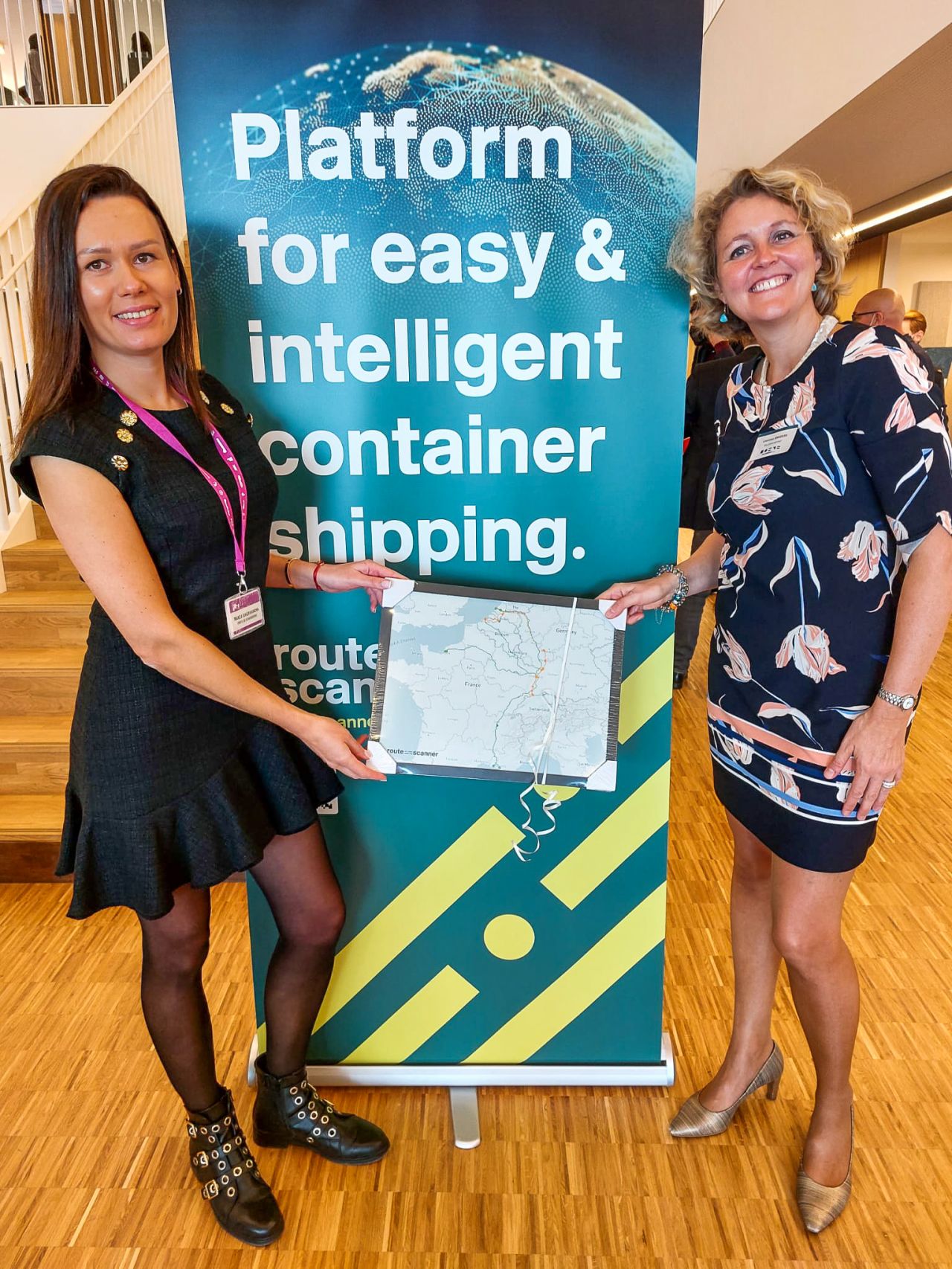
Routescanner puts container terminals in Strasbourg in a stronger position world-wide
Direct rail and inland shipping services connect the multi-modal container terminals in the port of Strasbourg with Rotterdam and other western seaports. From now on, shippers and freight forwarders can find the routes more easily via the Routescanner platform. ‘Our port, terminals, and operators are better visible now all over the world.’
Approximately 400,000 TEU is transferred in the port of Strasbourg on an annual basis. One of the three trimodal terminals is located in Lauterbourg. Direct rail and inland shipping services connect the terminals with the sea ports of Rotterdam, Antwerp, Zeebrugge, Marseille, and Le Havre. There is one daily inland shipping service to Rotterdam or Antwerp, and there is a weekly shuttle service of 15 trains between Strasbourg and Rotterdam, Antwerp, Marseille and Le Havre .
Growth and sustainability ambition
In due course, Port Autonome de Strasbourg (PAS) wants to double the current container volume by train and to operate new rail services to China, Germany (Duisburg), Eastern countries and Spain. This explains why possibilities of building a new railway terminal in the southern port area are being examined. The terminal in the northern port area has almost reached its full capacity. In addition to its growth ambition, PAS has a firm sustainability policy. ‘We want to contribute actively to drive action for climate protection,’ says Maria Cherkasova, responsible for the modal-shift strategy at PAS. ‘As rail and inland shipping are efficient, environmentally friendly modes of transport, we focus on a modal shift from road to rail and waterway, and we collaborate with the city council on sustainability projects. After all, our port is at a close distance to the Strasbourg city centre.’
Combining volumes
In and around the port, there are some 500 companies, including some large, industrial and logistical groups. Together with companies, Maria Cherkasova is mapping their freight flows to find the solutions to minimise the part of containers transported by road. ‘Once we have insight into these flows, we can figure out how to combine freight by rail and inland shipping and which additional infrastructure or services we need. Shippers, too, are start to setting greater store by sustainability. We notice they want to increase the part of modal shift to improve their impact on the environment.
For several weeks now, our inland shipping and rail connections with the western sea ports, including the operators we cooperate with, have been visible via Routescanner.
Better visibility
The Routescanner, initiated by the Port of Rotterdam Authority, is the ideal tool for PAS to realise its ambitions. ‘The port of Duisburg told me about the Routescanner,’ Cherkasova says. ‘Next, I contacted the Port of Rotterdam Authority. For several weeks now, our inland shipping and rail connections with the western sea ports, including the operators we cooperate with, have been visible via Routescanner. This makes it a lot easier for freight forwarders and shippers across the world to find our container terminals and see right away how they can transport their containers sustainably and efficiently via our port. It’s a smart tool, which improves the visibility of our 3 multimodal terminals and theirs direct rail and shipping connections considerably.’
More from the blog

Procurement reimagined: strategic tendering in container logistics

Expanding the reach of your ocean network

5 Ways multimodal planning gives you a competitive edge
Stay in the loop
Discover how our network of shippers, forwarders, operators and terminals is growing.
Subscribe to our updates